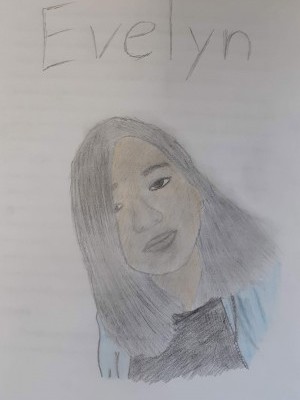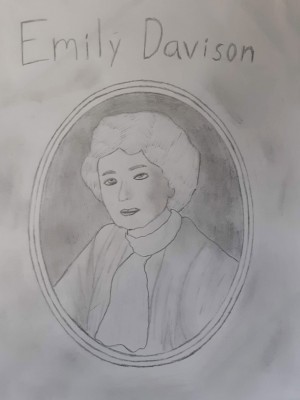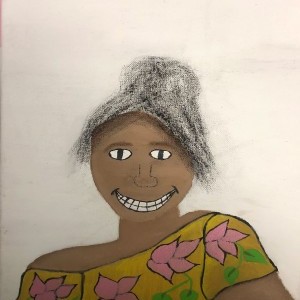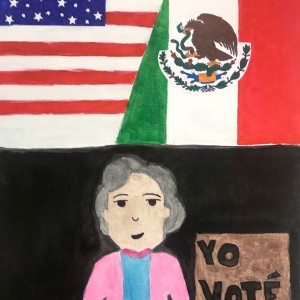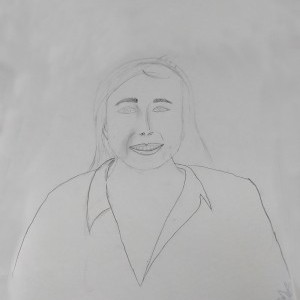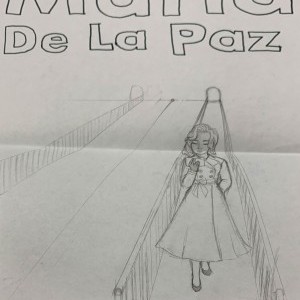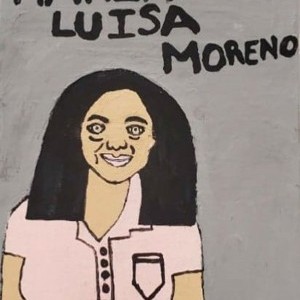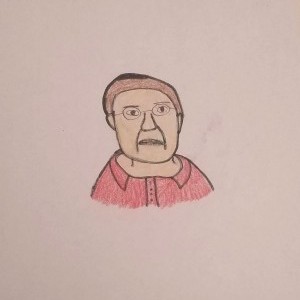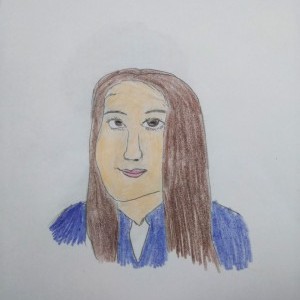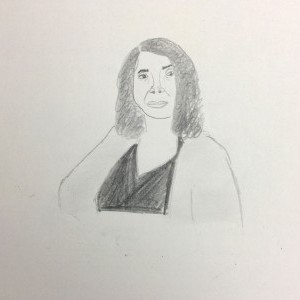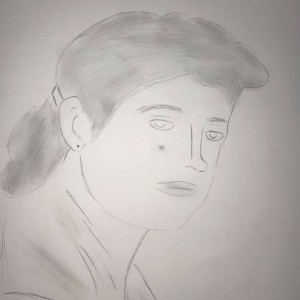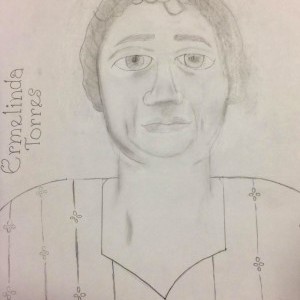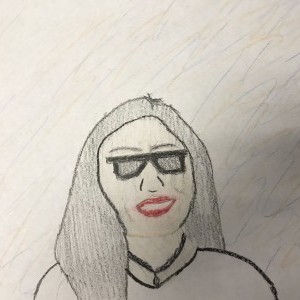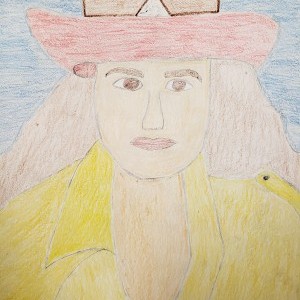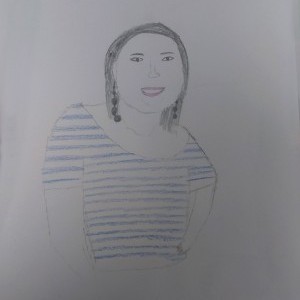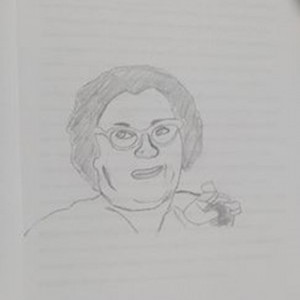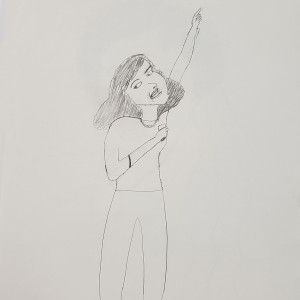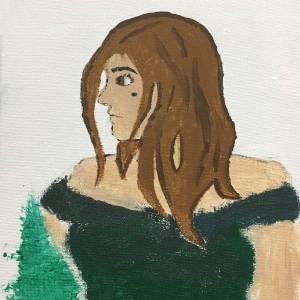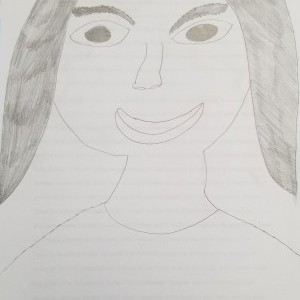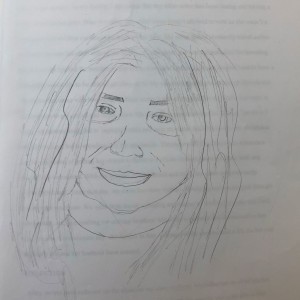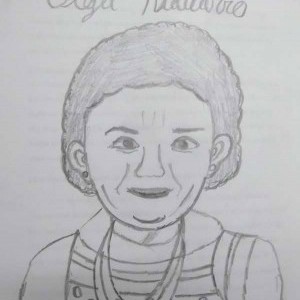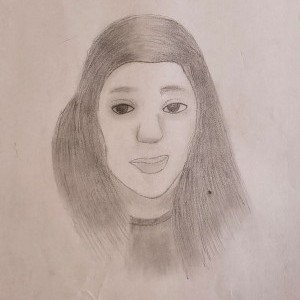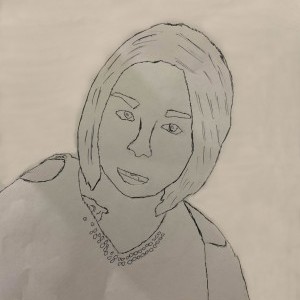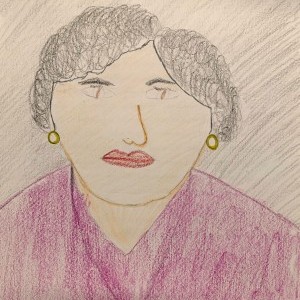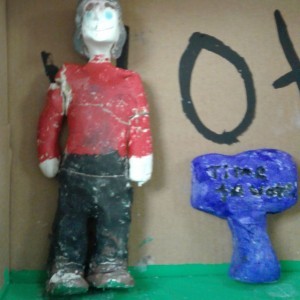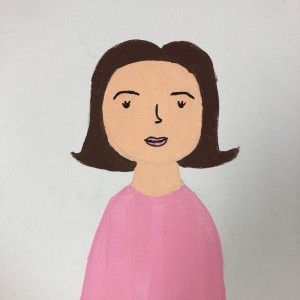Omar Cruz
García Early College High School | Laredo, TX | 10th Grade
Inspirational Family Member
My Sister Evelyn
As a society we have come a long way. We have more opinions, rights, and freedom and it was all possible for the brave individuals who risked everything just for us to have all of this. This made a huge impact on our history as it changed the ways we used to be in times past. For example, before the 1900s women didn't have the right to vote and men had superiority over women. It was like that until the 1800s-1900s where women like Susan B. Anthony, Elizabeth Cady Stanton, Alice Paul, etc., created a movement for women's right to vote. This movement helped bring equal rights and gave women the right to vote in 1920.
My sister, Evelyn, is a perfect example of how the young females have now the same rights as men. Evelyn was born in Laredo, TX, and was raised by her mother, Veronica Ramirez, and father, Omar F. Cruz. She shared the same home with her brothers and sisters, and they all attended Zachry Elementary school where they learned the basics of learning. After she finished elementary school, she then went to Cigarroa Middle School where she continued to find what she wanted to pursue in her life. It wasn't until she entered Cigarroa High School that she found a passion for medicine and helping people. She then got an idea of what she wanted to be and pursue, which was to be a doctor. Evelyn plans to finish high school and then, she wants to go to college to further pursue her dream goal of becoming a doctor.
Historical Figure I Admire
Emily Wilding Davison
Emily Wilding Davison was a British activist born in October 11, 1872 in Rexburg House, Greenwich, Kent, England. She died on June 8, 1913. Emily was one of the women who protested for women's right to vote. Not only that, but she became a martyr for the cause of women's suffrage when she entered the racetrack during the 1913 Epsom Derby. Emily moved towards King George V's horse, which tragically struck her while galloping at full speed. This led to her being knocked unconscious, and unfortunately, she died four days later.
Emily W. Davison's life began on October 11, 1872 where she was raised in a comfortable middle-class home in Black heath, Kent. In just a short time after her birth, Emily's family traveled from Morpeth, Northumberland. Her family was made of her father, Charles Edward Davison, who was a widower with seven children until he met Margaret Caisley. They got married and four years later they had Emily. She and her siblings moved from Black Heath to a country house near the village of Sawbridgeworth, on the borders of Hertfordshire and Essex. Growing up they would describe Emily as a high spirited, daring, affectionate and impulsive child. Not only that but she also possessed disciplinary instincts. Later, her parents gave up on the country and move to London where Emily attended Miss Crookshanks day school before she spent two years in France with her sister. Emily stayed there until she was thirteen years old. She then went to Kensington high school and stayed there until 1891.
In high school Emily was a very intelligent women who excelled in English literature, French and the arts. At the age of nineteen, she got a scholarship to go to Hollow College to study for the Oxford Honor School in English Literature. Due to the unfortunate event of her father dying in the middle of the course and her mother moving back to Longhorshley, near Morpeth, she could no longer afford the course and dropped out. Although she was down because of the accident she was determined and managed to collect enough money to attend St. Hugh's Hall, a women's college in Oxford, from which she came out with a first-class degree in English Language and Literature.
During those times the range of jobs were restricted, so, like many women, she became a school teacher. Emily later went back to work as a governess as her teaching experience was not a successful one. Frustrated by the second class status of women in Edwardian society, she grew a strong interest in the female's movement. Emily became a member of a WSPU's branch. After years in education and her suffrage work, she decided to leave everything and focused primary on the women's movement. Throughout the movement Emily was considered a risk taker as she was imprisoned eight times, went on a hunger strike, and was forcefully fed forty-nine times. All these incidences traumatized her and further encouraged her to continue supporting the women's movement.
These traumatic events led to the suicidal tendencies of Emily. She also felt that 'by nothing but the sacrifice of human life would the nation be brought to realize the horrible torture our women face. If I had succeeded, I am sure that forcible feeding could not in all conscience have been resorted to again.'
On her day of death many were shocked and sad to hear that Emily Wilding Davison died. Although she passed away, many saw her as another fallen member of the women's movement. Emily was seen as one of the bravest, strongest soldiers who contributed everything for the sake of women's suffrage. Emmeline Pankhurst wrote: 'We who remain can best honor her memory by continuing our work unceasingly.' She wrote that on the front cover of the June 13, 1913 issue of “The Suffragettes” edited by Christabel Pankhurst. This serve as a constant reminder of Emily Wilding Davison. Ultimately, she was an inspiration to the many who fought for this freedom.
SOURCES +
What the Project Means to Me
In writing my sister's biography I have realized that women have come a long way in which they have the power to be whatever they want to, and have the freedom, and have an opinion just as men do. The suffragettes' contribution and hard work have made it possible for future young women like my sister to have the right to vote and have a say in the society they live in.
Explore the Archive
More From This Class
Click on the thumbnails below to view each student's work.Deadline Extended
There's still time to join Women Leading the Way.
Become a part of our storytelling archive. Enroll your class today.
Join the Project

